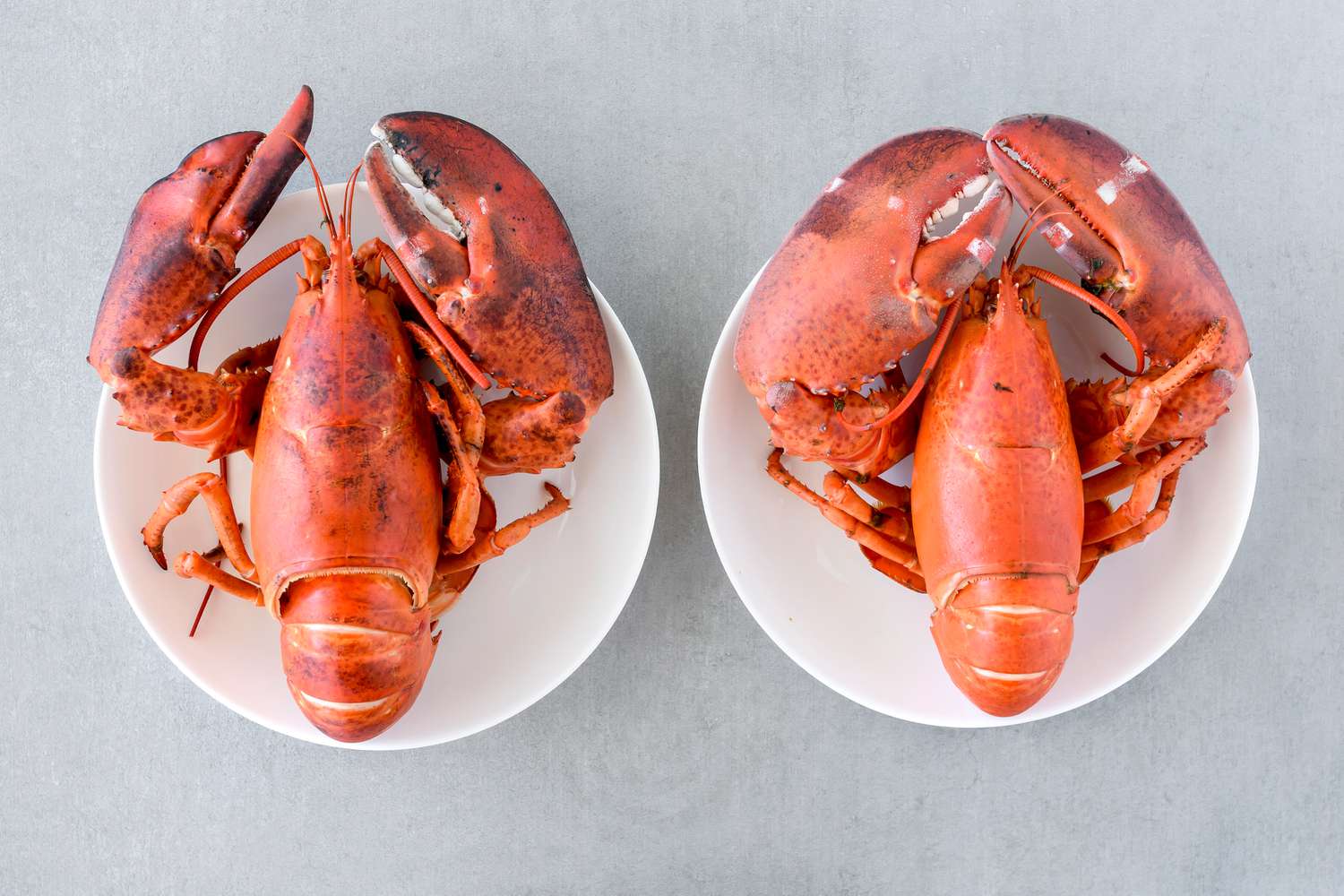For seafood lovers, few culinary treats compare to the sweet, delicious taste of freshly cooked lobster. When buying live lobster, proper storage is crucial for preserving flavor and texture before cooking. Follow these tips to keep your lobsters lively and happy until they hit the pot or grill!
Start with Healthy Specimens
The key to tasty lobster is starting with healthy, active crustaceans. Look for lobsters with bright coloring and clear eyes. They should move energetically and wave their claws feistily when handled. Avoid any appearing weak, lifeless, or with dull coloring or cloudy eyes. Only purchase moving, snapping lobsters.
Transport Carefully
Gently place lobsters in breathable, ventilated containers Sturdy paper or cardboard works well Avoid plastic bags, as they can suffocate lobsters. Limit transport time. Get lobsters straight home at optimal temperatures.
Chill Quickly
Immediately refrigerate lobsters upon arriving home. Keep between 36-40°F for best results. The colder the temperature, the more sluggish they’ll become. Freezers are too cold and will kill them. Ensure adequate airflow and ventilation.
Provide Moisture
Lobsters have gills and breathe air, but still need moisture. Cover them with damp newspaper, seaweed, or damp towels. This maintains humidity without submerging them in water. Never store lobsters sitting in melted ice water, as the freshwater will kill them.
Allow Time to Acclimate
When moving lobsters into the fridge, give them at least 15 minutes to acclimate before handling again. Rapid temperature changes increase stress. Let them adjust to avoid shocking their systems. Resist the urge to check them constantly.
Choose the Right Container
Aerated, breathable containers are ideal for refrigerated storage Sturdy cardboard boxes, paper bags, or colanders work well Avoid fully sealed plastic tubs or bags that block airflow. Create ventilation holes if using a sealed container.
Give Them Space
Don’t overcrowd the storage container Lobsters need room to move their limbs and circulate water over their gills Overcrowding causes stress and depletes oxygen. It also increases risk of damage to appendages.
Keep the Bands On
Leave bands on lobster claws until ready to cook. This prevents injuries during storage. Lobsters can’t resist grabbing at each other, even in refrigeration. Bands also reduce risk of getting pinched when handling them.
Check on Them Periodically
Peek in occasionally to ensure lobsters are lively, moving, and hydrated. Look for moisture on the container walls and fresh newspaper. Add water if needed. Remove and cook any sluggish or lifeless lobsters immediately.
Cook ASAP for Best Results
Ideally, cook lobsters the same day purchased. Refrigeration preserves lobsters up to 36-48 hours if done properly. Extended refrigeration causes bacteria growth and affects flavor. For freshest taste, get them in the pot quickly!
Avoid These Common Mistakes
- Leaving at room temperature more than 2 hours
- Storing in sealed plastic bags or airtight containers
- Letting lobsters sit in melted ice water
- Putting in direct contact with freshwater or ice
- Overcrowding the storage container
- Keeping too warm (over 40°F) or freezing (under 32°F)
Follow these guidelines precisely for storing live lobsters before cooking. Proper handling prevents loss of flavor and texture. Then you can relax and enjoy your lobster feast knowing it’s as fresh and delicious as possible! Got any additional lobster storage tips? Share them below!
Storing Live Lobsters – Frequently Asked Questions
Here are answers to some common questions about storing live lobsters:
How long can live lobsters be stored in the fridge?
Properly stored lobsters will stay lively for 24-36 hours in the fridge. Cook them as soon as possible for maximum freshness and flavor.
What’s the ideal refrigerator temperature for storing lobsters?
Aim for 36-40°F. Colder temperatures make them sluggish. Warmer promotes bacteria growth. The back of the bottom shelf is usually the coldest spot.
Can I store lobster in the freezer?
Never store live lobsters in the freezer! Extreme cold will kill them quickly. Refrigeration between 36-40°F is ideal.
Should I keep the rubber bands on the claws?
Yes, keep bands on until cooking. This prevents injuries from lobsters grabbing each other during storage.
What happens if a lobster dies before cooking?
Cook and eat dead lobsters immediately before decay starts. Discard any with an ammonia smell, discoloration, or mushy tail meat after cooking.
How often should I check on stored lobsters?
Peek in on them every 8-12 hours. Look for active movement and be sure they remain hydrated. Remove and cook any weak or dying lobsters promptly.
Can I store lobster in an airtight container?
No, lobsters need ventilation to breathe. Use cardboard boxes, paper bags, or rigid containers with air holes. Never use sealed plastic bags or tubs.
What’s the best way to keep lobsters hydrated?
Cover with damp newspaper, seaweed, or wet paper towels. Avoid direct contact with freshwater, ice, or submersion in melted ice water.
Conclusion
Storing live lobsters properly before cooking helps ensure maximum freshness and ideal flavor and texture. Keep them chilled at 36-40°F, well-ventilated, hydrated with damp newspaper or seaweed, and in breathable containers. Cook within 24-36 hours for optimal results. Follow these simple guidelines, and your lobster feast will be a delicious success!

OPTION 1: COOK THE LOBSTER
Ideally, live Maine Lobster should be cooked the same day it is bought or delivered. Make sure that all the lobsters are alive before cooking – check for movement, raising claws, curling tail. This will ensure the lobster is fresh, delicious and not deteriorated.
Lobster can also be stored for a day or two by using the following techniques:
How to Store Maine Lobster Share this:
There’s nothing quite like the taste of fresh Maine Lobster. It’s sweet and salty, and it tastes so good that you might want to move to Bar Harbor just to enjoy it all year.
But you don’t have to live on the Maine coast to enjoy Maine Lobster. You just need to know how to cook it right.
